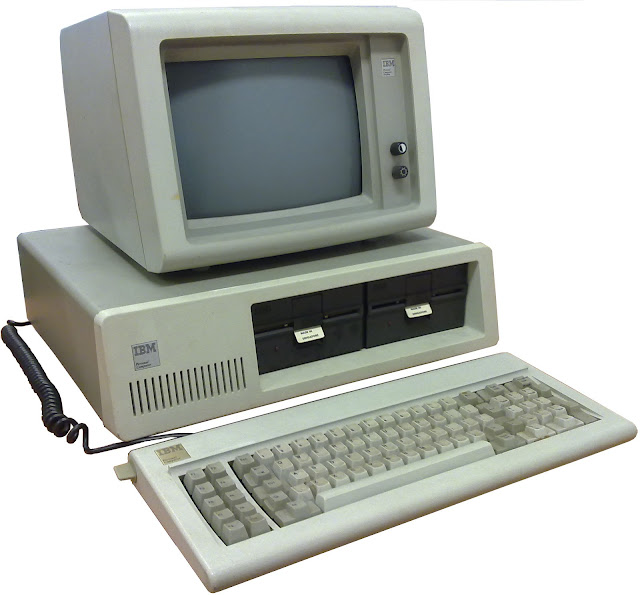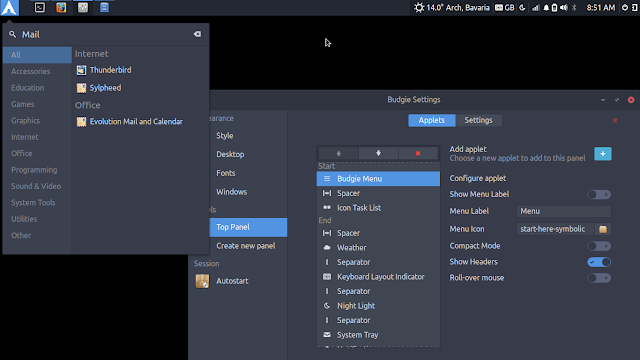What is a desktop?
In 1981, Xerox created the first computer to be sold with a graphical user interface (GUI), the $16,000 XeroxStar. By this time, research into GUIs had been going on for nearly 40 years, with a few working systems, but all too expensive or experimental to sell. With such a high price tag, though, the XeroxStar was a commercial failure. Soon after, in 1983, Apple released the Lisa. At nearly $10,000, it suffered the same fate. |
| What is a desktop? |
Finally, in 1984 Apple released the first commercially viable GUI for a personal computer MacOS for the Macintosh. This system introduced the world to the desktop, and include many of the features of today's desktops. Most importantly, the desktop provided metaphors: files were kept in folders; you deleted things by putting them in the trash; text could be cut out and pasted elsewhere. This provided a new way of thinking about how to use computers, and helped people with a less technical background to understand them.
What is a desktop?
About the same time, the Laboratory for Computer Science at the Massachusetts Institute of Technology was working on the Athena project with DEC. From the Athena project grew a windowing system for UNIX called X, based on an earlier windowing system called W.Also released in 1984, X is very different from MacOS. Although the MacOS GUI is tied directly to the operating systems and provides the only user interface generally available, X is loosely tied to the operating system and the user can bypass it using the command-line interface. Although MacOS programs are almost exclusively graphical, many UNIX programs are still text based.
X specifies a protocol for applications to display graphical components, or widgets, such a windows, buttons, and icons. It does not specify how these widgets should behave, or how the interface responds to user input. Window managers handle this. X also provides protocols for networking (particularly to provide remote display), but we will focus on the graphical capabilities here.
Window Manager
Because X does not specify particular windows manager, many have grown up over the years. Some of the more popular for Linux are fvwm2, Window Maker, blackbox, and AfterStep. Many window managers are either based on Tom's Window Manager (twm), a very simple, lightweight window manager, or NeXTSTEP, a highly configurable, full-featured window manager developed for the NeXT computer.
 |
| What is a desktop? |
Window managers are generally more lightweight than desktops, and are more targeted at expert users who are more comfortable with a command-line interface.
Desktops include the capability to place files and directories directly on the background. They also include drag-and-drop, which allows icons representing files to be dragged with the mouse and dropped onto an icon representing an application. The application will then be launched using the file. Desktops can also provide an interface allowing programs to communicate with the desktop and with other applications. In general, desktops are targeted at more novice users (though advanced users often still find them incredibly useful). Often, a desktop user can do all her work without ever invoking a command line.




0 Comments